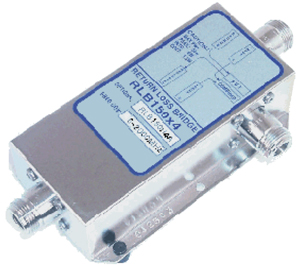Using Passive Radar in Cable Operations
By Tom Williams — Active radar is a well known method to locate objects in the air and is based on sending a probing signal out and receiving reflections to determine distances and bearings to objects such as ships, aircraft, or UFOs. In military applications there is an undesirable side effect of a radar transmitter revealing itself to an enemy.
Read More





